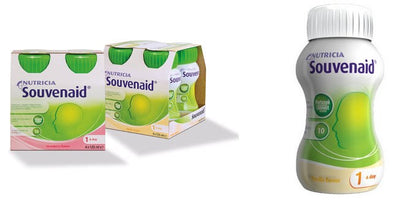Wound Dressings
Whether you have a wound, minor cut or a major incision, appropriate care and treatment is crucial. Part of the process includes selecting wound care dressings depending on the wound type, level of exudate, presence of infection and the stage of healing
Absorptive Dressings: Multilayer wound covers that provide either a semi-adherent quality or a non-adherent layer, combined with highly absorptive layers of fibers. Designed to minimize adherence to the wound and manage exudate. May be used as a primary or secondary dressing to manage surgical incisions, lacerations, abrasions, burns, donor or skin graft sites, or any exudating wound.
Adhesive Dressings: Designed to achieve optimal fluid handling to support moist wound healing and manage chronic or acute exuding wounds
Foam Dressings: May be impregnated or layered in combination with other materials. Absorption capability depends on thickness and composition. The area in contact with the wound surface is usually non-adhesive for easy removal but may be available with an adhesive border and/or a transparent film coating that acts as a bacterial barrier. Indicated for partial- and full-thickness wounds
Alginate Wound Dressings: Non-woven, non-adhesive. Composed of natural polysaccharide fibers or xerogel that form a moist gel on contact with exudate. They are soft and conformable, easy to pack, tuck or apply over irregular-shaped wounds. Indicated for wounds with moderate to heavy exudate, such as pressure ulcers, infected wounds, and venous insufficiency ulcers. Generally require a secondary dressing
Hydrocolloid Wound Dressings: Absorption capability depends on thickness and composition. Useful on areas that require contouring, such as heels and sacral ulcers. Powders and pastes require a secondary dressing. Indicated for partial- and full-thickness wounds with or without necrotic tissue
Gentle Border Dressings: Designed for particularly sensitive or fragile skin. Have a soft silicone gel adhesive which minimises trauma to the wound at dressing changeto avoid pain without compromising care
Silver / Ag Dressings: The addition of silver to the foam pad provides a broad spectrum anti-bacterial kill. The dressings are comfortable, conform to body contours and are easy to apply and remove
Transparent Film Dressings: Polymer membranes of varying thickness coated on one side with an adhesive. Impermeable to liquid, water and bacteria but permeable to moisture vapor and atmospheric gases. May allow visualization of the wound. Indicated for partial-thickness wounds with little or no exudate, wounds with necrosis, and as both a primary or secondary dressing. Also used to cover IV sites, donor sites, lacerations, abrasions and second-degree burns. May be showerproof



